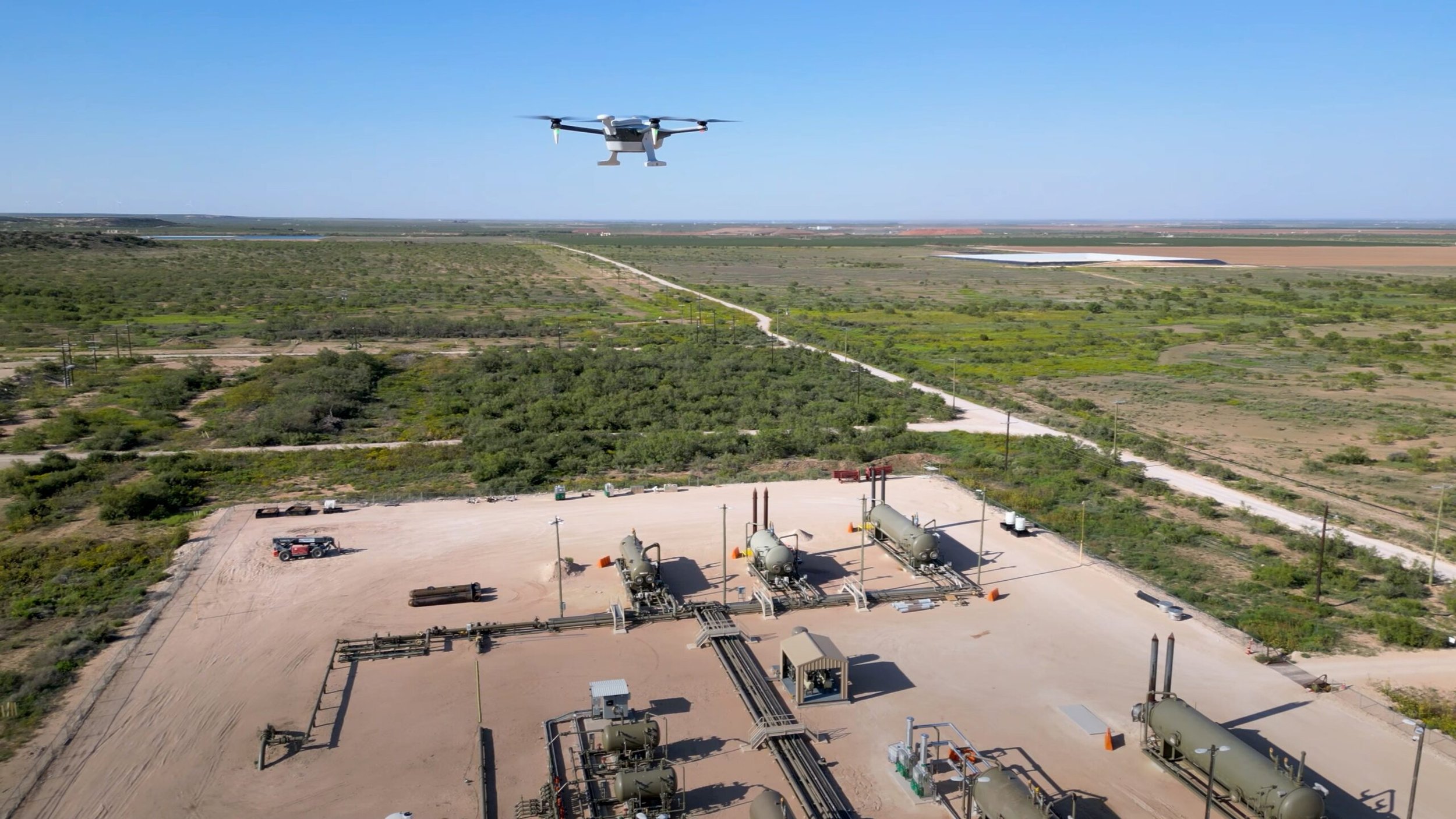How Chevron and Imperial Are Using Drones and Robotics to Redefine Energy Operations
/Across the oil and gas industry, a quiet revolution is taking place—one driven by robotics, drones, and automation. Industry leaders like Imperial Oil (majority-owned by ExxonMobil, which is also known to deploy robots) and Chevron are moving quickly to integrate these technologies into their operations, not as flashy experiments but as core components of safer, more efficient energy production.
Imperial’s Robotics-First Approach
Imperial Oil is setting the pace in Canada with a multifaceted drone and robotics program that’s already reshaping how work gets done at its Cold Lake and Kearl sites. At its 2025 Investor Day, Cheryl Gomez-Smith, Senior vice-president, upstream at Imperial, shared how drones and robots are integrated into various areas of operations.
At Cold Lake, Spot the robotic dog has become a valuable asset on the ground. Spot performs routine inspection rounds—including heat exchanger checks and oil-water tank interface monitoring—allowing human operators to focus on more complex and critical tasks. The company reports that Spot can take on nearly 70% of these operator rounds, improving efficiency while cutting down on potential human exposure to hazardous environments. Imperial currently operates two Spot units at Cold Lake and plans to add two more.
Elsewhere, Holly the inspection robot is hard at work at Kearl, performing automated undercarriage inspections of haul trucks during refueling. And that’s just one part of a larger automation initiative: Imperial has already deployed a fully autonomous haul truck fleet, which helps increase work execution efficiency while keeping employees out of high-risk areas. The company is now exploring the use of autonomous dozers, continuing its push toward a more automated and resilient operation.
Eyes in the Sky at Cold Lake
Drones are also a key part of Imperial’s strategy. At Cold Lake, remote-piloted drones are used to inspect pump jacks, reduce spill risks, and support smarter deployment of operators. These aerial tools not only save money but also offer a more detailed and rapid assessment of infrastructure. Looking ahead, Imperial plans to enhance drone capabilities with AI-driven automation—but even in their current form, they’re making a meaningful impact on safety and maintenance.
Chevron’s Autonomous Inspection Program Takes Flight
From DroneLife
Chevron also uses the Spot robot and is charting a similar course with the help of Percepto. In a test deployment near Midland, Texas, Chevron has been using Percepto’s AI-powered autonomous drones for remote site inspections over the past six months. The drones fly pre-programmed missions and automatically alert teams to any anomalies they detect—no pilot required.
The impact has been significant. By reducing the number of hours personnel need to spend traveling to remote sites, Chevron has improved safety, saved time, and allowed field teams to concentrate on high-priority work. The drones also provide more frequent monitoring and faster issue detection, enhancing both operational response times and overall performance. Following the initial deployment’s success, Chevron has launched a second Percepto system in Colorado and is exploring additional opportunities to scale the program.
Chevron’s Midland Basin Operations Superintendent Kerri Harvey said, “With advanced technology, we can take a more proactive approach to managing our operations… Leveraging automation enables our teams to spend less time on the road and more time focusing on high-priority tasks.”
A Broader Industry Shift Toward Automation
From robotic dogs and autonomous haul trucks to self-flying drones, the oil and gas industry is seeing a clear shift: automation is a present-day advantage.
These systems are not just focused on reducing labor; they’re deployed to enhance safety, increase inspection frequency, and enable faster, smarter decision-making. In remote, high-risk environments like oilfields, these advantages compound quickly.
As companies like Imperial and Chevron lead the way, their investments in drones and robotics signal a broader transformation across the sector. Automation—whether rolling, walking, or flying—is becoming essential to how big oil meets the demands of a safer, leaner, and more intelligent energy future.
Spot has already secured its place at the upcoming Energy Drone & Robotics Summit! Catch this impressive robot in action as it navigates the Demo Zone on our Expo floor, June 16–18. Don’t miss your chance to see it up close—and maybe even snap a selfie! 😉 Grab your pass now!



